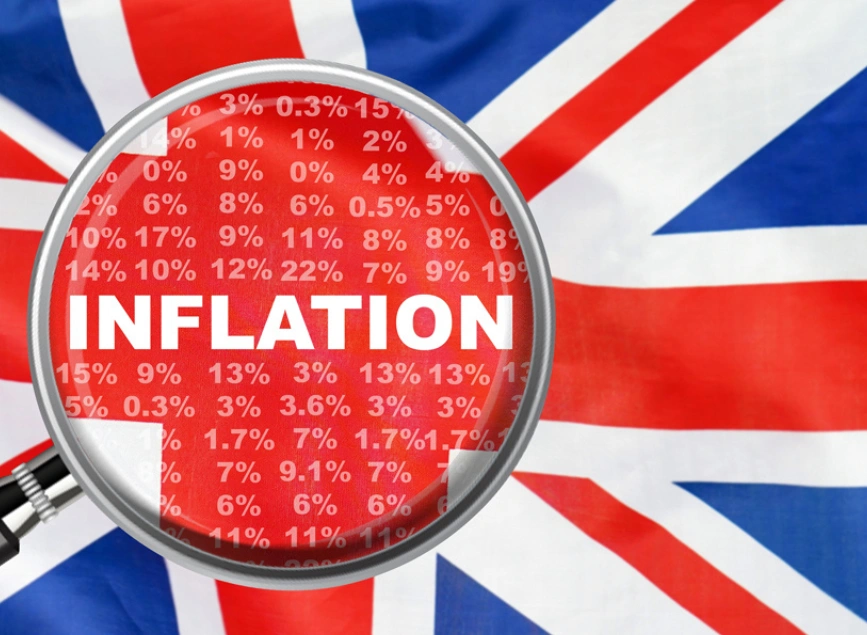
UK Inflation Rate Declines to 2.8% in February 2025
The UK’s inflation rate saw a notable drop in February 2025, signaling potential relief for consumers and financial markets. With annual inflation falling to 2.8% from 3% in January, the Bank of England (BoE) may be edging closer to its 2% target. But what’s driving this shift, and what are the key takeaways for businesses and investors? Let’s dive in.
Inflation Drops Below Market Expectations
The Office for National Statistics (ONS) reported that inflation came in lower than market expectations of 2.9%, though it aligned with the Bank of England’s forecast.
Key Figures at a Glance
- Annual inflation rate: 2.8% (down from 3% in January)
- Core inflation: 3.5% (down from 3.7%)
- Monthly inflation (CPI): +0.4% (higher than January’s -0.1%, but below forecasts of 0.5%)
While this decline is a positive step, the data also shows some sticky price pressures in certain sectors.
Why Did Inflation Decline?
Several factors contributed to the drop in inflation, particularly in consumer goods and services.
Read More: UK Inflation Surges to 3% in January 2025
Clothing Prices Fell for the First Time Since 2021
One of the biggest contributors was a 0.6% drop in clothing prices—the first decline since October 2021. This contrasts with January’s 1.8% increase, with the most significant price cuts seen in women’s and children’s apparel.
Lower Inflation in Recreation & Culture
Inflation in the entertainment sector fell from 3.8% to 3.4%. Prices for live music tickets and recorded media saw notable declines.
Housing & Utilities Inflation Eases
Overall inflation in housing and utilities fell from 2.1% to 1.9%. Rent inflation dropped from 7.8% to 7.4%, offering some relief to tenants.
Where Inflation Remains Stubborn
While overall inflation is falling, some sectors continue to see price increases or stability at high levels.
Services Inflation Stays High at 5%
The services sector remains a concern, with inflation holding at 5%. This suggests that price pressures in wages and domestic services are still strong.
Transportation Costs Tick Up
- Inflation in the transport sector edged higher from 1.7% to 1.8%.
- Restaurants & Hotels See Slight Price Increases
- Inflation rose from 3.3% to 3.4%, reflecting higher costs in hospitality.
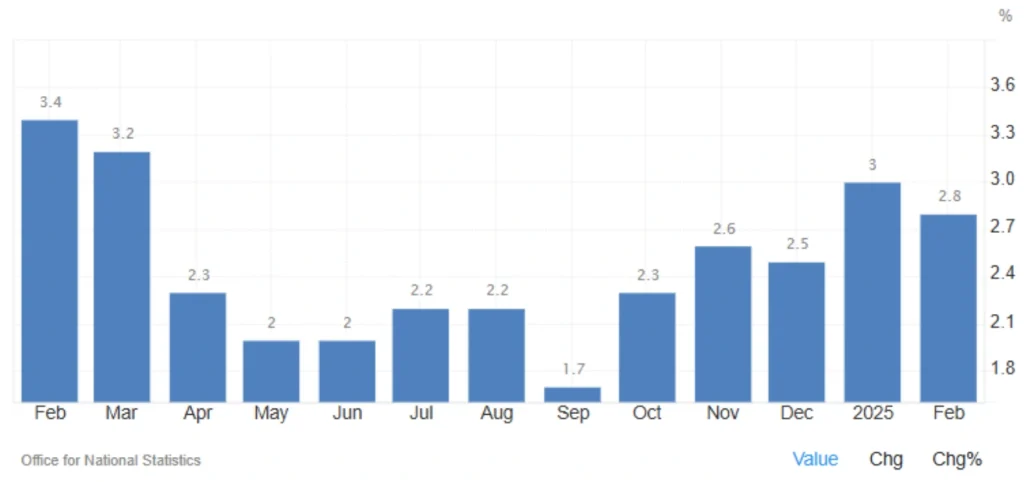
Core Inflation Drops, but Is It Enough?
Core inflation, which excludes volatile items like food and energy, fell from 3.7% to 3.5%. This is an encouraging sign, as it reflects a slowing pace of underlying price increases. However, with services inflation still high, the Bank of England may remain cautious about cutting interest rates too soon.
Why Inflation Matters
Inflation isn’t just a number—it has real economic consequences that affect everyone, from households to businesses and investors.
How Inflation Impacts the Economy
- Affects consumer purchasing power
- Impacts financial markets and exchange rates
With inflation edging closer to the BoE’s 2% target, markets are now speculating whether the central bank will pause or even cut interest rates in the coming months.
Market & Economic Outlook: What’s Next?
Closer to the 2% inflation target – Tight monetary policies seem to be working.
Lower consumer costs – Falling clothing and rental inflation could help ease the cost of living.
Core inflation is cooling – This may reduce pressure on the Bank of England to keep interest rates high.
The Concerns
High services inflation (5%) – Indicates persistent price pressures in domestic sectors.
Rising transport and hospitality costs – Could slow down further inflation declines.
Lower-than-expected monthly inflation – Suggests weaker price momentum, which has mixed implications for rate decisions.
Conclusion: A Step in the Right Direction
UK inflation falling to 2.8% is a positive development, bringing it closer to the Bank of England’s 2% target. However, high services inflation and stable food prices suggest that the BoE must remain cautious. For investors, this data could signal that the central bank is nearing the end of its rate hike cycle.
As inflation dynamics continue to shift, all eyes will be on the Bank of England’s next policy moves and their impact on interest rates, consumer spending, and economic growth.
Stay tuned for more updates on inflation, markets, and economic trends!
Share
Hot topics
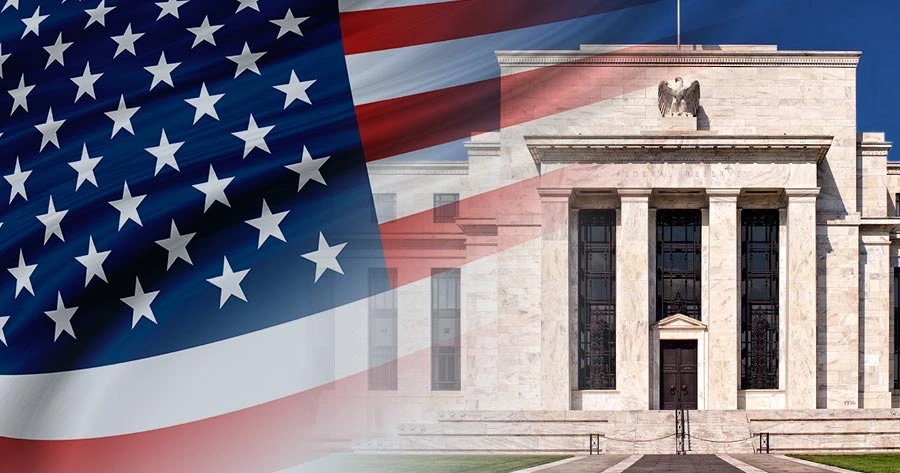
Federal Reserve’s Challenges to Trump’s New Policies
As the Federal Reserve Open Market Committee (FOMC) prepares for its upcoming meeting, all eyes are on how the Fed will respond to Donald Trump’s latest economic policies. With the...
Read more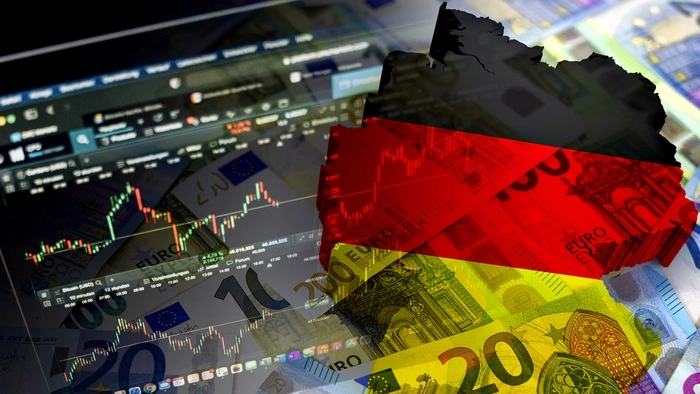



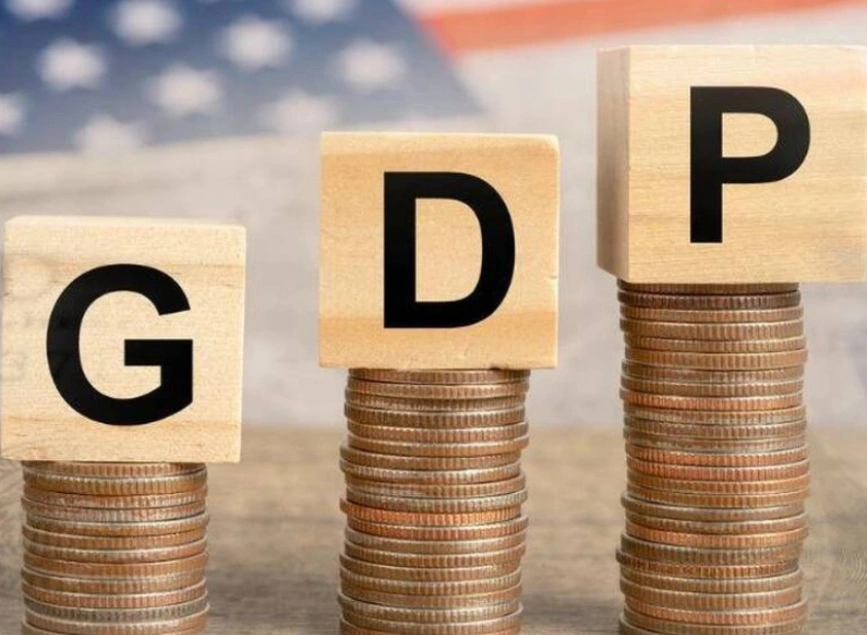
Submit comment
Your email address will not be published. Required fields are marked *